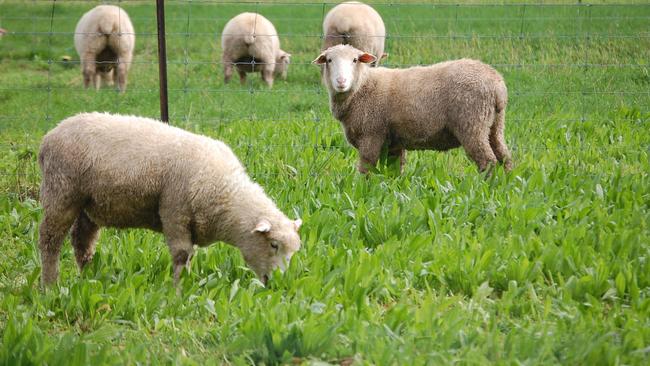



Article by: Hari Yellina
New research has paved the way for livestock farmers to use remote sensing technologies to detect ryegrass staggers in sheep more promptly. Producers might relocate sheep to fresh pastures when they show signs of the potentially fatal illness, improving their bottom line by $100 per hectare, according to the expertise of an international team of scientists. The neurotic condition is produced by eating plants contaminated with toxic endophyte strains, such as phalaris and ryegrass, which are abundant in Australia and New Zealand. It is possible for animals to die if they are exposed to toxic pasture for an extended period of time. Toxic endophyte strains can also be found in tall fescue, which is abundant in the eastern and midwestern United States.
Professor Derek Bailey of New Mexico State University led the research team, and he also maintains an Adjunct appointment at CQUniversity, where he collaborates with Professor Mark Trotter of CQU’s Precision Livestock Management department in Rockhampton. They also used accelerometers and GPS trackers to track the behaviour of sheep grazing perennial ryegrass with researchers from New Zealand’s Lincoln University. “Visual surveillance or frequent testing for staggers takes time and effort, especially when sheep are kept in big groups or in heavily grazed pastures,” Prof Trotter added. “On-animal sensors, on the other hand, can remotely monitor and identify changes in animal behaviour, allowing them to discern if an animal is ill when certain behaviours are displayed.”
The use of smart-tags for real-time livestock monitoring may allow farmers to respond more quickly when animals become ill. According to previous economic modelling, getting warned to staggers and then being able to rapidly handle it would be worth over $100 per hectare in added income to the sheep sector.” Animals grazing the infected pasture walked more slowly than sheep grazing the endophyte-free control pasture, according to the findings, which were recently published in the journal Smart Agricultural Technology. The activity of sheep suffering from staggers rose in the morning and lunchtime towards the conclusion of the trial, according to machine learning analysis of accelerometer data.
The experiment was carried out in Lincoln, New Zealand, with sheep wearing collars with accelerometers and GPS tracking devices grazing on ryegrass for 17 days in the autumn. According to Prof. Bailey, the GPS trackers followed the animals at 3-minute intervals, while the accelerometers recorded movement at a rate of 12 times per second. “While more research is needed, combining machine learning with real-time monitoring of sheep behaviour with accelerometers and GPS has the potential to detect when endophyte toxin levels affect their well-being (ryegrass staggers) and the animals should be moved to a different pasture,” Prof. Bailey said.